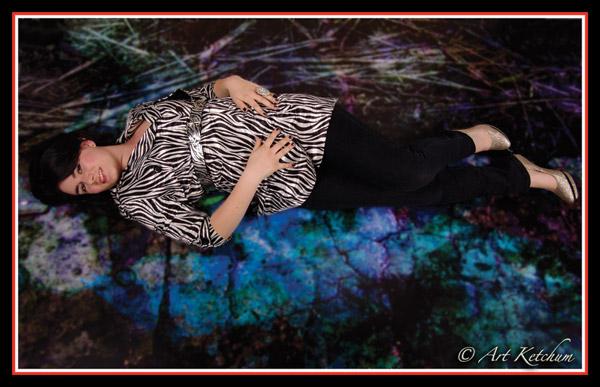Photo Accessory Reviews
Sort By: Post Date TitlePublish Date
|
May 03, 2013 |
First Published: Apr 01, 2013 |
|
Dec 17, 2012 |
First Published: Nov 01, 2012 |
|
Nov 20, 2012 |
First Published: Oct 01, 2012 |
|
Sep 20, 2012 |
First Published: Aug 01, 2012 |
|
Sep 11, 2012 |
First Published: Aug 01, 2012 |
|
Sep 06, 2012 |
First Published: Aug 01, 2012 |
|
Jul 18, 2012 |
First Published: Jun 01, 2012 |
|
May 10, 2012 |
First Published: Apr 01, 2012 |
|
Mar 26, 2012 |
First Published: Feb 01, 2012 |
|
Mar 15, 2012 |
First Published: Feb 01, 2012 |
|
Feb 10, 2012 |
First Published: Jan 01, 2012 |
|
Jan 20, 2012 |
First Published: Dec 01, 2011 |
|
Jan 19, 2012 |
First Published: Dec 01, 2011 |
|
Dec 15, 2011 |
First Published: Nov 01, 2011 |
|
Dec 12, 2011 |
First Published: Nov 01, 2011 |
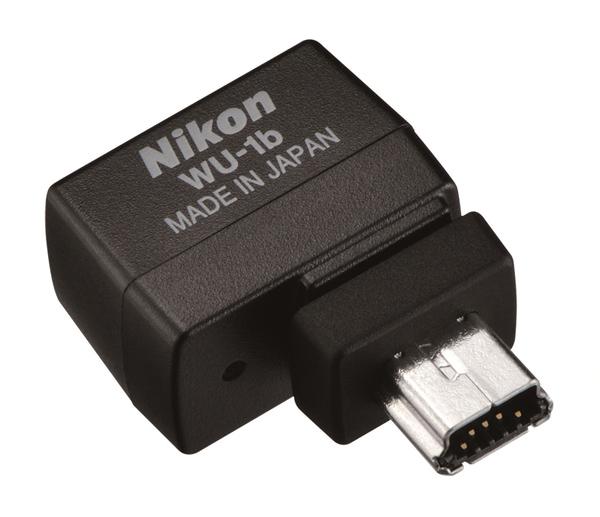




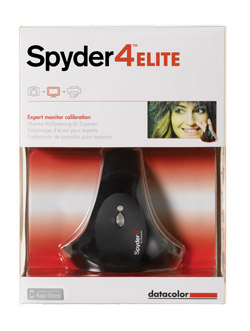 One of the most common complaints about digital imaging is the lack of consistency when going from one device to another—most commonly screen to print. Dark prints are the typical complaint, but color shifts are also a contributor to choice language and lack of hair. Yes, we tweak the image until the sky is that perfect hue of blue, or the skin tones have just the right amount of warmth and vibrancy. When it’s all done, the image is posted online or printed and it looks nothing like what we expected. The image is too dark, skin tones are too red, any number of problems. Where did it go wrong?
One of the most common complaints about digital imaging is the lack of consistency when going from one device to another—most commonly screen to print. Dark prints are the typical complaint, but color shifts are also a contributor to choice language and lack of hair. Yes, we tweak the image until the sky is that perfect hue of blue, or the skin tones have just the right amount of warmth and vibrancy. When it’s all done, the image is posted online or printed and it looks nothing like what we expected. The image is too dark, skin tones are too red, any number of problems. Where did it go wrong?
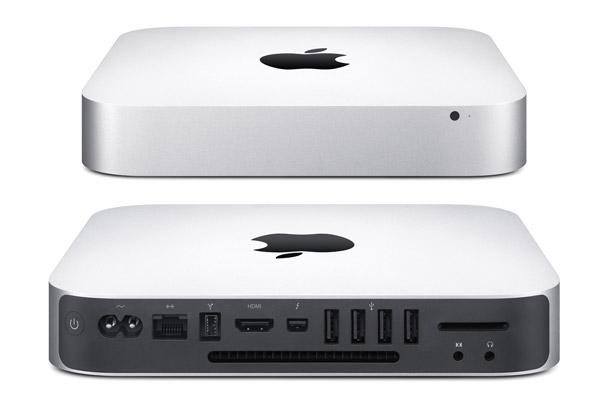

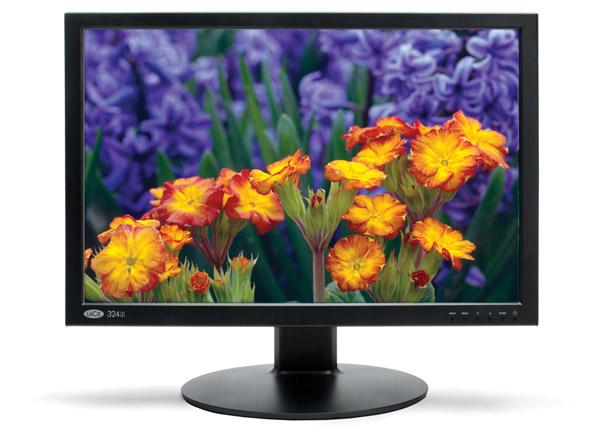


 It has been some time since anentirely new hardware andsoftware display color management system was introduced. X-Rite, the world’s largest color management manufacturer, now has a new i1Display colorimeter and next generation i1Profiler software. First of all, the new i1Display Pro is designed to accommodate all kinds of computer displays, including standard home/office models, wide color range displays, LED backlit LCD displays, laptops, and projector displays. The new colorimeter is a very flexible and convenient instrument design capable of measuring displays directly, as well as projected on a screen, plus ambient environmental illumination, all in one instrument. This new i1Display colorimeter is also capable of measuring a display at full screen to evaluate flare, and correct for it. It also features ADC, or Automatic Display Control, to manage a display’s internal controls and eliminate manual adjustments. Added to this comprehensive package is the Pantone management system for spot colors. A set of different methods of validation is available to measure the result of calibration and profiling with user-defined pass/fail tolerances.
It has been some time since anentirely new hardware andsoftware display color management system was introduced. X-Rite, the world’s largest color management manufacturer, now has a new i1Display colorimeter and next generation i1Profiler software. First of all, the new i1Display Pro is designed to accommodate all kinds of computer displays, including standard home/office models, wide color range displays, LED backlit LCD displays, laptops, and projector displays. The new colorimeter is a very flexible and convenient instrument design capable of measuring displays directly, as well as projected on a screen, plus ambient environmental illumination, all in one instrument. This new i1Display colorimeter is also capable of measuring a display at full screen to evaluate flare, and correct for it. It also features ADC, or Automatic Display Control, to manage a display’s internal controls and eliminate manual adjustments. Added to this comprehensive package is the Pantone management system for spot colors. A set of different methods of validation is available to measure the result of calibration and profiling with user-defined pass/fail tolerances.